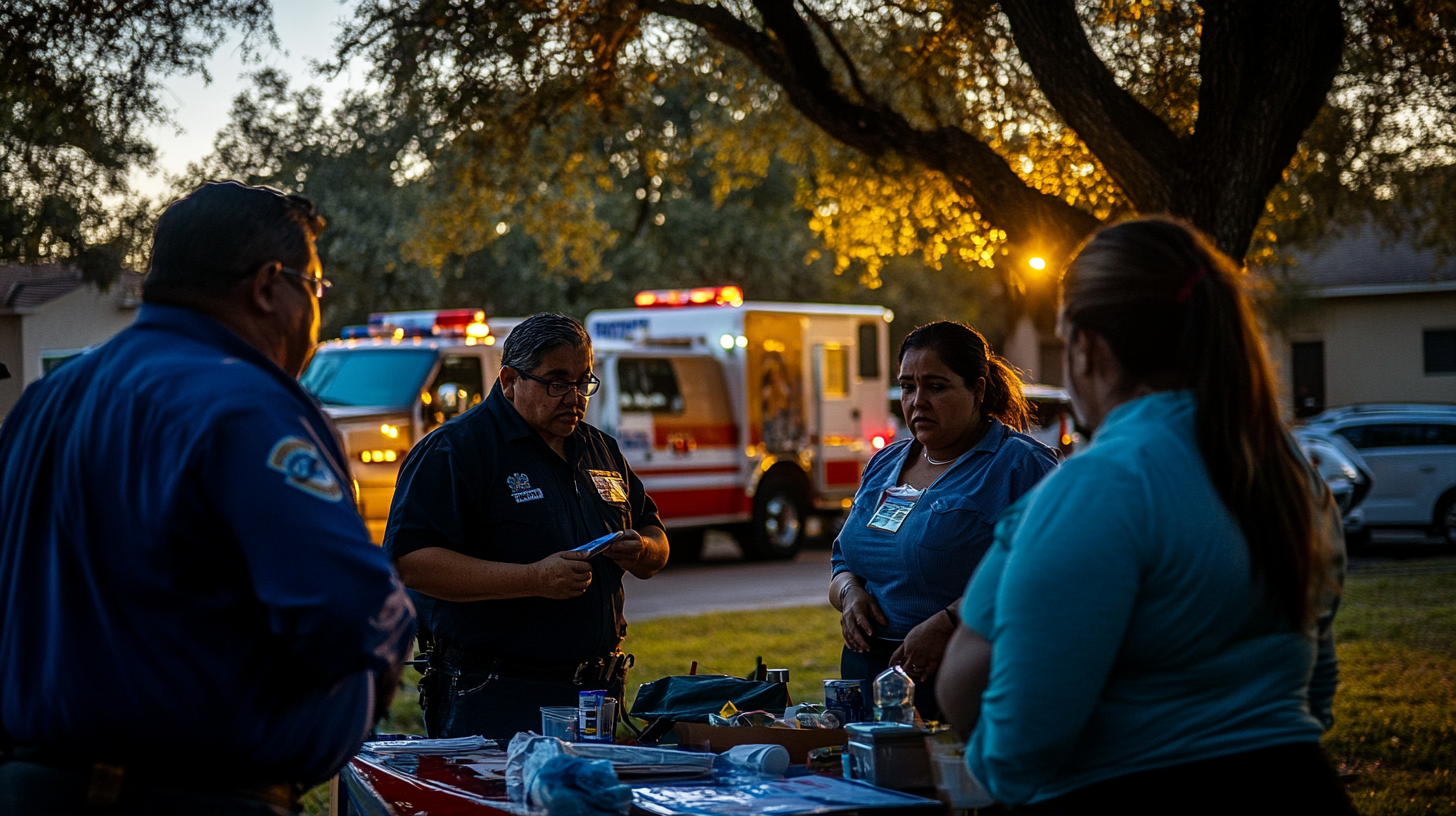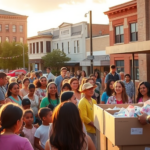Emergency Officials Urge Valley Residents to Complete iSTAT Survey for Flood Relief
Emergency officials in the Rio Grande Valley are calling on residents to fill out the iSTAT survey following devastating floods in March 2025. This vital step could be the key to unlocking federal aid and rebuilding efforts in communities hit hardest by the recent storms.
Overview of the Emergency Appeal
The iSTAT survey, a tool for assessing storm damage in Texas, has become integral in securing much-needed federal assistance. Hidalgo County officials report that over 3,000 homes have suffered major damage, prompting a concerted effort to ensure every affected resident participates in the survey.
“We need to hear it from the individuals that live here,” emphasized Amber Arriaga Salinas of LUPE (La Union del Pueblo Entero), a local organization advocating for the community. On a recent visit to Harlingen, Salinas noted that only one in ten affected individuals had completed the form by mid-week. “There are still many more that were affected that have not completed their iSTAT survey,” she cautioned.
Local Impact: Addressing Immediate Needs
The severe flooding from March’s thunderstorms has left a swath of destruction across neighborhoods in the Valley. Filling out the iSTAT survey is now a critical action for Valley residents, many of whom face prolonged uncertainty about their housing and financial futures.
Cameron County Emergency Manager Tom Huschen reiterated the importance of the survey, stating that it helps local, state, and federal agencies accurately assess the damage and tailor their responses. “We’re waiting for relief agencies to complete their field visits and announce what’s next,” Huschen added.
For families like the Garcias in Edinburg, the flooding has turned life upside down. With their home severely damaged, they find themselves hoping the survey will translate into tangible support. “We’re just waiting and trying to stay hopeful that help will come soon,” said Maria Garcia, a mother of three.
The Role of External Organizations
In addition to state resources, the American Red Cross is deploying its efforts to identify those eligible for financial aid using data from the iSTAT survey. According to the Texas Division of Emergency Management, over 7,000 submissions have been recorded, allowing the Red Cross to start reaching out to families in need.
Here’s how locals can complete the iSTAT survey and potentially qualify for aid: [Complete the iSTAT Survey](https://damage.tdem.texas.gov/). For those seeking financial assistance, the [American Red Cross website](https://www.redcross.org/get-help.html) offers resources and application details.
LUPE remains at the forefront, working tirelessly within the community to spread awareness. They, along with other local organizations, provide instructions and support for residents unfamiliar with the survey process.
From Crisis to Recovery: A Unified Effort
The need for comprehensive data on the flooding’s impact underscores the broader challenge of disaster recovery in South Texas. By documenting damages, communities like those in the Valley can enhance their preparedness for future events and advocate for stronger infrastructure investment.
The push for widespread iSTAT survey participation parallels efforts to increase communal resilience. By pooling insights and resources, officials hope to shape a roadmap that includes FEMA aid, bolstered by local engagement and national attention.
For the Rio Grande Valley, the outcomes of these efforts touch on more than just immediate relief. This period of recovery presents an opportunity to review and potentially reform robust procedures around disaster response, embracing a proactive stance against future vulnerabilities.
Ways Forward: Strengthening Community Ties
The Valley’s unified front during this challenging time could serve as a model for other regions facing similar circumstances. By emphasizing local voices and support networks, the community is not just responding to crisis but laying the groundwork for a sustainable future.
Looking ahead, the Valley stands poised to evaluate its strategies with the knowledge that storm preparedness can transform into newfound stability. As the recovery progresses, officials and community leaders continue to stress the importance of coordinated efforts, urging residents to stay informed and engaged.
In the spirit of Valley resilience, residents are encouraged to utilize the resources available and contribute to a narrative of collective strength and rebuilding. “Together, we can make sure no one is left behind as we navigate through these tough times,” Salinas concluded.
For more details and ongoing updates on flood relief efforts, Valley residents can reach out to civil agencies directly or stay tuned to local RGV news outlets committed to comprehensive community coverage.







